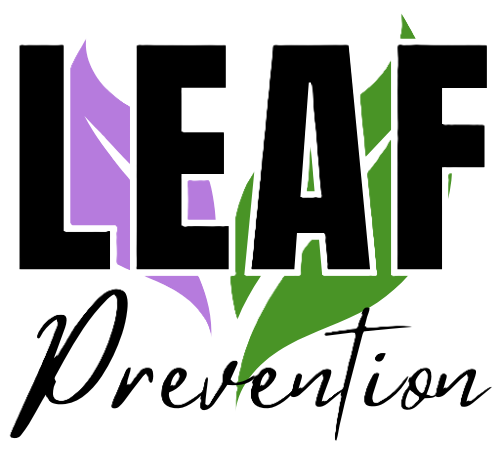

Blog Posts
Imagine this: a friend invites you out to dinner, but it’s allergy season—and your medication starts making you drowsy as the meal winds down. Is it safe to drive home?
When a person hears the term “impaired driving,” alcohol may come to mind. However, there are many factors that affect driving ability, and getting educated helps us stay safe on the road.
Legal or illegal substances can affect a person’s driving.
Substances like alcohol, cannabis, and opioids can slow reaction times.
Cocaine and methamphetamines may speed up the brain and body in some ways, but they aren’t any safer for driving: drivers using these substances may be more aggressive or reckless (“Drug-Impaired Driving,” n.d.).
Prescription and over-the-counter medications can cause drowsiness and dizziness, too—especially when combined with alcohol.
Fatigue and stress can also hamper our ability to focus while driving. Other substances can also exacerbate fatigue and stress.
Driving a vehicle requires an attentive eye and quick reflexes. Any substance, legal or illegal, that affects attention and motor function will put a driver at risk of an accident.
Aside from the risk of bodily harm, a driver who is impaired risks fines or other legal consequences if they are pulled over. It’s best not to take a chance.
Consumers may be familiar with the phrase “if you feel different, you drive different.” However, this may make it easy for a person to justify driving if they “feel fine.” The reality is that substances may stay in the system longer than expected, and judging by feeling alone isn’t the best gauge of ability.
Our recommendation is to make a plan for safe driving any time a person has had a potentially impairing substance. Rideshares, carpools, and public transportation are effective ways to stay safe if there’s any concern about attentive driving.
If you begin to feel drowsy while driving, pull over and take a short rest. It can also be helpful to avoid driving at times when you’re likely to get tired.
Always make sure to wear a seatbelt while driving, too. The National Highway Traffic Safety Administration (NHSTA) estimated that seatbelts saved 14,955 in motor vehicle accidents reported in 2017. If an accident does happen, you’ll want as much protection as possible.
At LEAF, we offer year-round resources and workshops about driving safety. Contact us at (607) 432-0090 to get more information!
“Drowsy Driving.” n.d. NHTSA. https://www.nhtsa.gov/risky-driving/drowsy-driving.
“Drug-Impaired Driving.” n.d. NHTSA. https://www.nhtsa.gov/risky-driving/drug-impaired-driving.
“Impaired or Drunk Driving - National Safety Council.” n.d. https://www.nsc.org/road/safety-topics/impaired-driving.
“Seat Belts.” n.d. NHTSA. https://www.nhtsa.gov/vehicle-safety/seat-belts#:~:text=In%202021%2C%2026%2C325%20passenger%20vehicle,seat%20belts%2C%20in%202017%20alone.